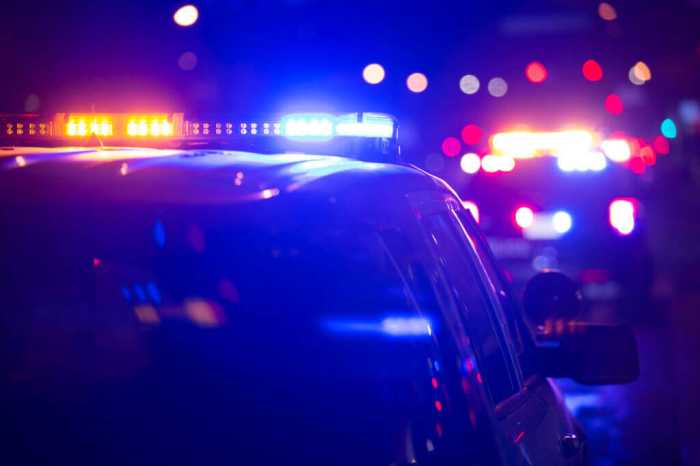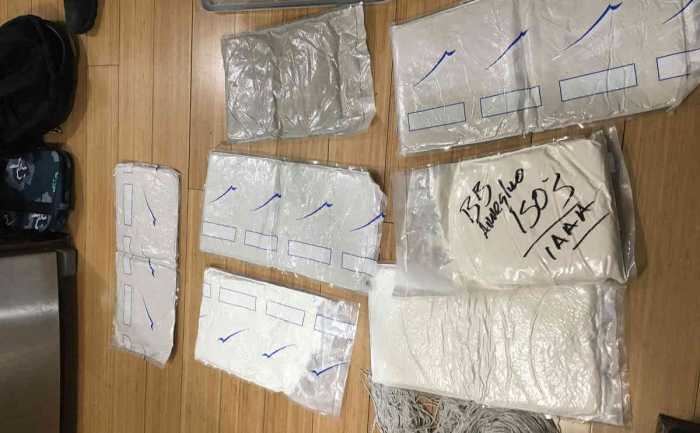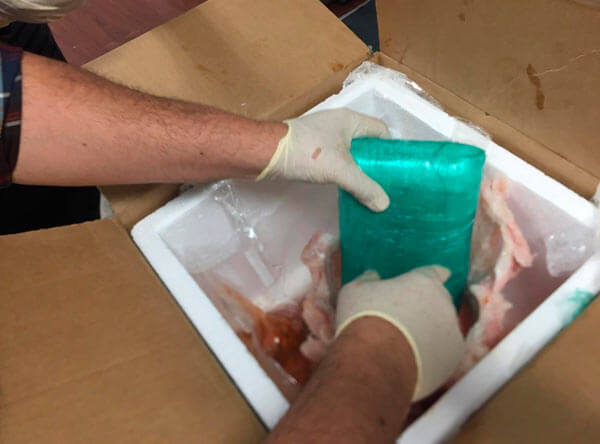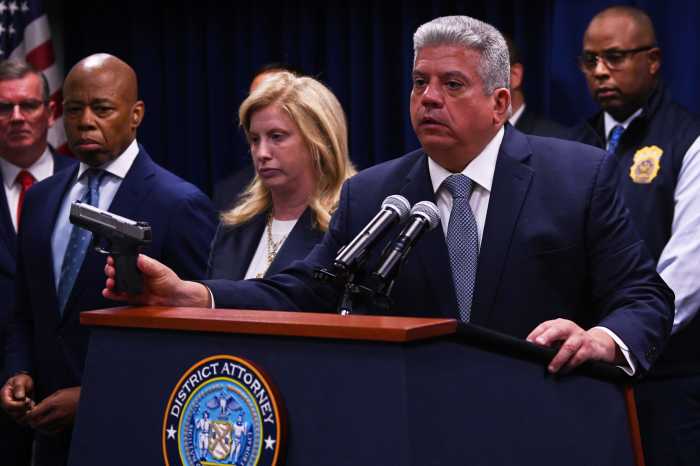Vic Reyes estimated that he’s tried quitting heroin and the rush that it gives him for the past 10 years. Even as the drug has brought him to the brink of death with a few near-fatal overdoses in the 2022 summer heat, Reyes doesn’t understand how the drug still has a hold on him — why the urge to use under the awnings of abandoned Washington Heights storefronts and nearby Bronx train stations — persists.
“This drug cost me a lot,” Reyes, 58, said. “My home, my family, my job, my teeth. But it’s also given me this feeling that I can’t explain or escape. I remember someone woke me up because I was slumped on a bench and people ask ‘why do you do this to yourself?’ I don’t know.”
The stories of addiction for Reyes, and others in New York City, are visceral, upsetting and heartbreaking. But oftentimes, Reyes says, he feels like an “eyesore” in the community, taking up space on park benches and public street corners to secure a fix among watchful and judgmental eyes.
“Do I wish I could stop? Hell yeah,” he said. “But can I? I don’t think so. Will I? Probably not. Do I see how (people) look at me in the streets? Yes, and it makes me feel ashamed all over again.”
In the Bronx, 582 people died of a drug overdose in 2020, according to the latest data released by the city’s Office of Special Narcotics Prosecutor, and overdose deaths reached historic highs in New York City during the ongoing COVID-19 crisis. The Bronx had the highest rate of overdose death in 2020 (48.0 per 100,000 residents) followed by residents of Staten Island (37.0 per 100,000 residents), Manhattan (25.2 per 100,000 residents), Brooklyn (21.1 per 100,000 residents), and Queens (19.9 per 100,000 residents).
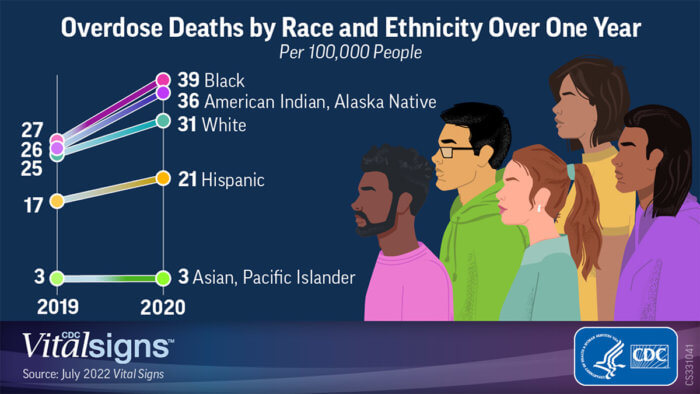
Nationwide, fatal overdoses increased by an estimated 38.6% from March 2020 to March 2021, according to the Centers for Disease Control and Prevention (CDC). The agency said pandemic-related disruptions in access to prevention, treatment, harm reduction and recovery support services “likely contributed” to the growth in overdose deaths.
Nearly half of overdose deaths statewide are linked to fentanyl, according to the state Department of Health. State health officials this summer required pharmacies to carry and dispense Naloxone — commonly referred to as Narcan ––which can be used to counter the effects of an overdose when administered.
There are estimated 30,000-plus methadone patients in New York City, according to state data. Methadone is a powerful drug used for pain relief and treatment of drug addiction. However, many of the city’s methadone clinics and services are oversaturated in the Bronx and Harlem — an overabundance in the Hunts Points area — leaving areas of inaccessibility for patients in Staten Island and Lower Manhattan.
In areas like Washington Heights, used and discarded needles — identifiable by their orange caps — often litter the streets. Joanna Garvey, a Washington Heights resident who previously worked for the city’s health department, said she’s picked up more than 50 needles in the past few weeks in an effort to avoid possible disease transmission in the community.
“It’s possible for diseases like HIV, hepatitis B and C to transmit from needle sticks, especially if they’ve been used, and since I’ve lived here the past four years, I made a habit of picking them up,” said Garvey. “I’ll find needles in the long graffiti tunnel (at 191st Street station) and then just from walking around the neighborhood, there are a couple locations, such as parks, common walkways that can be really dangerous when you’re walking.”
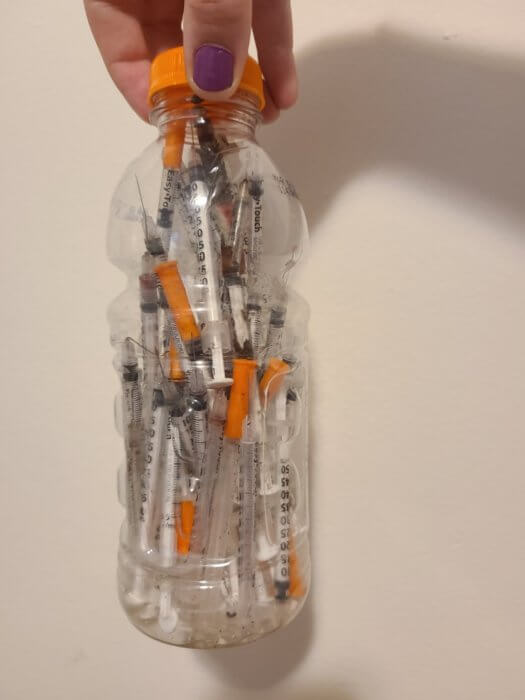
The work for public health officials, through the destigmatization of drug use, is for not only safe injection sites, but for key points of overdose care to exist within communities most affected by the crisis, such as the South Bronx — where drug overdoses spiked in the Hunts Point-Mott Haven section at a rate of 75.3 people per 100,000, which dwarfed the citywide rate of 30.5 per 100,000.
A spokesperson from the city’s Department of Mental Health and Hygiene (DOHMH) told the Bronx Times that since 2019, city and local partners — such as health equity organization Radical Health — have held “important community conversations” around substance use in the Mott Haven neighborhood, which includes training community members in overdose prevention and conducting sessions with local providers and community groups to reduce stigma in the ongoing overdose crisis surrounding substance use.
Program participants said these conversations often tackle dispelling harmful myths about addiction — ones that make it harder for those struggling with substance use to get well or use safely.
Marva Greer, the opioid overdose prevention and education program coordinator at The Institute for Family Health, stressed the importance of destigmatization as a key public health approach in an attempt to reduce overdoses citywide.
“If you’re going to use, I want you to use safely. I’m not judging you for what you’re doing, but I want to hopefully provide you access and tools so that you can do them safely and not cause further harm to yourself,” Greer said. “When we treat addiction like it’s a moral wrong, we are casting people who are struggling with a host of problems like they are the problem, when in reality, they need all the support they can get.”
Since 2021, the city health department has expanded fentanyl test strip availability through two pilot programs, leading to the distribution of 30,000 fentanyl test strips to more than 3,000 unique individuals. Recently a call by NYC’s nightlife establishments, such as bars and nightclubs, have pushed City Hall to provide free fentanyl testing strips and the overdose antidote Narcan to nighttime hospitality venues as a way of reducing opioid-related deaths.
“I know that stats say it’s in Harlem, it’s in Staten island, it’s in the Bronx. It’s in every New York City community and it should be treated the same,” said Greer. “The funding, the resources, the Narcan vending machines, the fentanyl test strip vending machines, should be in each and every community.”
Reach Robbie Sequeira at rsequeira@schnepsmedia.com or (718) 260-4599. For more coverage, follow us on Twitter, Facebook and Instagram @bronxtimes


